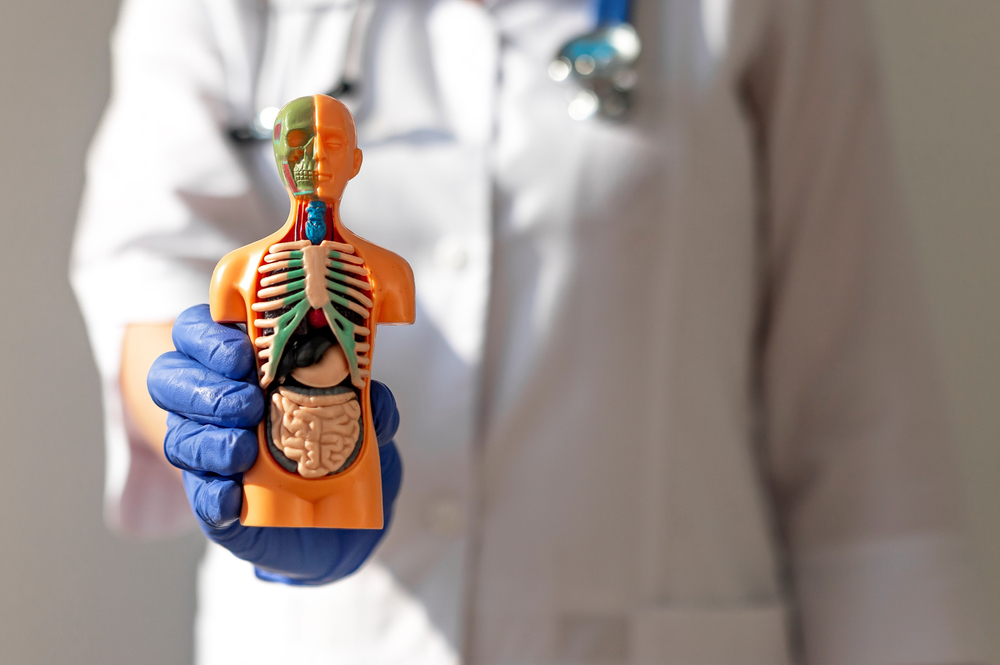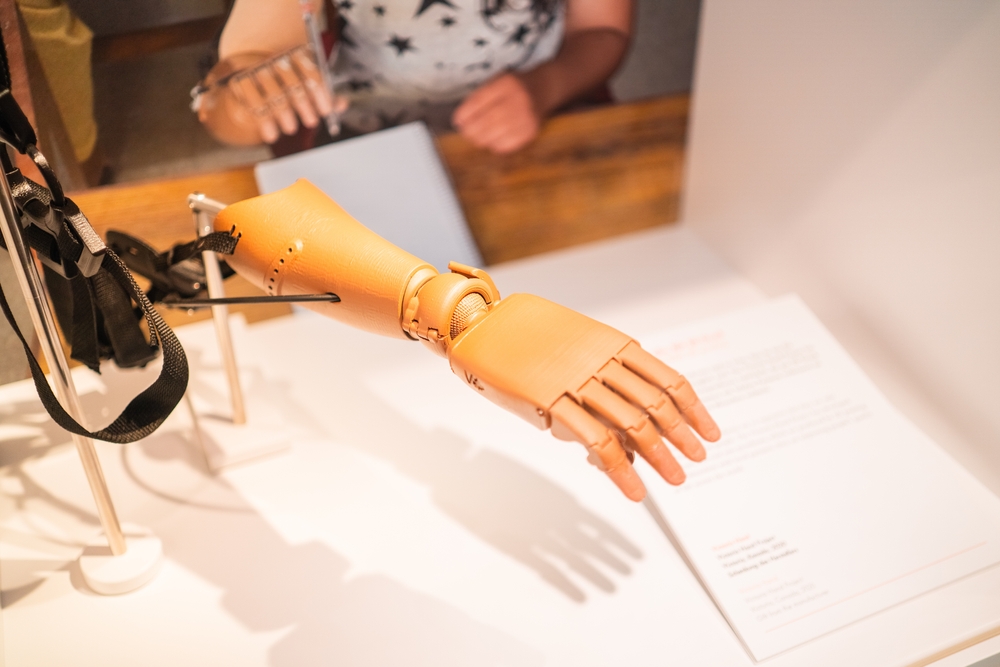The Role of 3D Scanning in Medical Industry Innovations
Posted by Peyton Michaels on 23rd Dec 2024
3D scanning transforms healthcare operations, ushering in a new era of precision, speed, and personalization.
This groundbreaking technology has revolutionized medical practices, allowing professionals like you to diagnose, treat, and care for patients with unparalleled accuracy.
From creating detailed anatomical models to driving cutting-edge surgical techniques, the applications of 3D scanning in the medical industry are reshaping patient care in remarkable ways.
Let’s take a closer look.
Revolutionizing Diagnostics and Imaging
Imagine seeing the human body in intricate detail before making critical medical decisions—a level of clarity that changes everything.
That’s what 3D scanning offers. Unlike traditional imaging methods, which provide limited or flat views, 3D scanning creates detailed, three-dimensional representations of internal structures.
These models enable you to analyze complex anatomical features with incredible precision, giving you an edge in detecting conditions like cancer, fractures, or joint abnormalities earlier and more accurately.
The technology doesn’t work in isolation; when integrated with imaging tools like MRIs and CT scans, 3D scanning provides a comprehensive view that combines depth, clarity, and detail.

This means you can visualize hidden complexities, pinpoint areas of concern, and approach diagnoses more confidently. With improved accuracy, you reduce the need for invasive exploratory procedures, enabling faster, more effective decision-making and paving the way for better patient outcomes.
Advancing Personalized Patient Care
As healthcare providers, you know no two patients are alike. 3D scanning empowers you to tailor treatments like never before.
By capturing detailed scans of a patient’s unique anatomy, you can designcustom prosthetics, orthotics, or implants that fit perfectly, enhancing comfort and functionality. It doesn’t stop there. With this technology, you can simulate surgeries beforehand, rehearsing complex procedures to minimize risks and boost success rates.
The result? Faster recoveries, fewer complications, and treatments that feel like they were designed specifically for each individual—because they were.
Innovating Surgical Techniques and Training
Surgery is a field that thrives on precision, and 3D scanning elevates it to new heights. With the ability to generate detailed, three-dimensional anatomical maps, 3D scanning empowers you to approach operations with unmatched accuracy and confidence.
During procedures, you can rely on these scans to providereal-time, anatomically accurate data, ensuring every cut, stitch, or adjustment aligns perfectly with the patient’s unique physiology.
This capability significantly reduces the risks associated with human error, especially in complex or delicate surgeries.
In robotic-assisted surgeries, 3D scans act as indispensable blueprints. They guide robotic instruments with pinpoint accuracy, enabling minimally invasive techniques that shorten recovery times and reduce pain and scarring for patients.
Beyond the operating room, 3D scanning transforms medical training. With lifelike models created from real patient data, trainees can simulate intricate procedures in a controlled environment. This hands-on experience builds essential skills and boosts confidence, ensuring surgeons are fully prepared to face real-life challenges.
By integrating 3D scanning into surgical techniques and training, you’re not just enhancing precision—you’re redefining what’s possible in modern medicine.
Revolutionizing Prosthetics and Rehabilitation
For patients requiring prosthetics, 3D scanning has been nothing short of revolutionary. Traditional prosthetic creation methods often involve lengthy, uncomfortable processes that can leave patients waiting weeks or months for a final product.
These delays can hinder recovery and prolong discomfort. However, 3D scanning makes the process remarkably faster and more precise. A single scan captures the intricate details of a patient’s unique anatomy, allowing you to design a prosthetic that fits seamlessly.
The result is a device that feels natural and significantly improves functionality, enabling patients to regain mobility and confidence more quickly.
This technology is equally transformative in rehabilitation. By using 3D scans to monitor recovery progress, you cantrack subtle changesin a patient’s condition and ensure their treatment plan evolves to meet their needs.
This precision helps patients achieve better results, whether adjusting a prosthetic’s fit or refining therapy tools. Beyond the physical benefits, this level of customization restores a sense of autonomy and dignity, empowering individuals to take an active role in their recovery.
In both prosthetics and rehabilitation, 3D scanning doesn’t just improve outcomes—it transforms lives.
Driving Innovation in Regenerative Medicine
The future of medicine is personal, and 3D scanning plays a pivotal role in achieving this. This technology is driving prosthetic breakthroughs, where tissues and even entire organs are being developed to match patients’ specific anatomy.

For those researching regenerative medicine, 3D scanning provides the detailed models needed to push boundaries, from designing artificial tissues to engineering custom organ replacements.
With these advancements, the possibility of eliminating organ donor shortages becomes less of a dream and more of a reality.
Addressing Challenges and Ethical Considerations
As with any innovation, 3D scanning in the medical industry has its share of challenges. While the technology is transformative, accessibility and costs can be barriers for some healthcare facilities.
Training your team to harness this technology fully requires time and resources while ensuring patient data privacy. However, by prioritizing education, regulation, and collaboration, you can overcome these hurdles and maximize the benefits for everyone involved.
Future Prospects and Industry Potential
Looking ahead, the potential for 3D scanning in healthcare is limitless.
Imagine integrating this technology with artificial intelligence to predict health risks or developing handheld 3D scanners like the EinScan Pro 2X, already used in medical education.
Research and development are accelerating, promising innovations that will refine your ability to care for patients. With every new application, you’re not just adapting to a changing field—you’re shaping the future of medicine itself.
Conclusion: A New Era in Medicine
3D scanning in the medical industry is a gateway to precision, efficiency, and better outcomes.
This technology empowers you to provide faster, safer, and more personalized care, from diagnostics to prosthetics printing.
As we explore its potential, 3D scanning will remain at the forefront of healthcare innovation, guiding us toward a future where medicine truly works for everyone.
If you’re looking for quality 3D scanners, UMAX has got you covered. Check out our collection of excellent handheld and desktop 3D scanners.

